Should have clarified. All 45.
Hmmm. What magazines? Mags, extractor, and recoil springs on 1911’s is about 99% of the total.
It’s not that I doubt it, it’s that I and those I’m around for 20 years have heard “1911’s never run” and yet, all of ours do and have. And universally I would get told after a week of shooting that it was “the only 1911 I have seen work and not malfunction”. My response was always- “I don’t know what to say- all of mine and those I’m around work exactly the same”.
Gold Dot, Gold Dot G2, Golden Saber, and HST 230gr is almost I have shot and seen shot. I’ve seen a lot of those shot from several dozen 1911’s with no issues. And I mean no issues- I’ve had more malfunctions with Glocks than I have with 1911’s.
Springfield Professional, doesn’t get shot much. Just over 8,000 rounds with 230gr WCC, 185gr SWC, and 230gr HST/GD/G2 not a single stoppage. Getting wiped down when the recoil spring and mainspring were replaced last week.
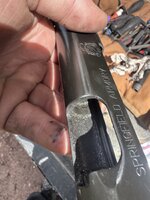
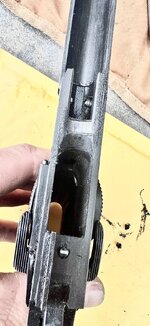
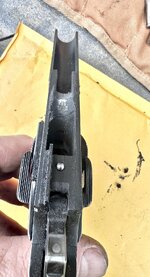
Those chunks are off the extractor-

So much carbon that the extractor channel was blocked by it-
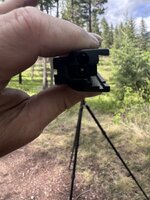
Then checking function and zero. 100 function rounds with each, and 10 rounds at 25y for zero/grouping-
BH 200gr SWC-
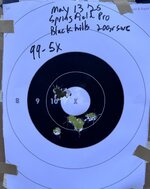
Remington Gokden Saber Bonded 230gr-
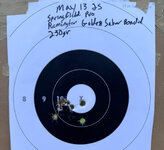
HST 230gr-
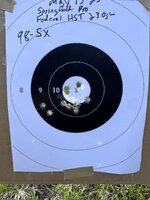
Speer Gold Dot G2 230gr

Hornady Critical Duty 220gr +P (recoils like a bish)-

The shift here for anything 9mm 1911/2011 is likely 99% Staccato which as you have mentioned are dead nuts reliable. I haven’t seen a 9mm 1911 pattern in years since maybe IDPA 2010

.
Isn’t that funny? 2011’s- the most finicky, unreliable platform 10 years ago, now legitimately one of the most reliable pistols I see (Staccato).
I’m stuck on Gen 5 19s with a dot.
Best Glock (and 17/19M’s) Glock has ever made.










